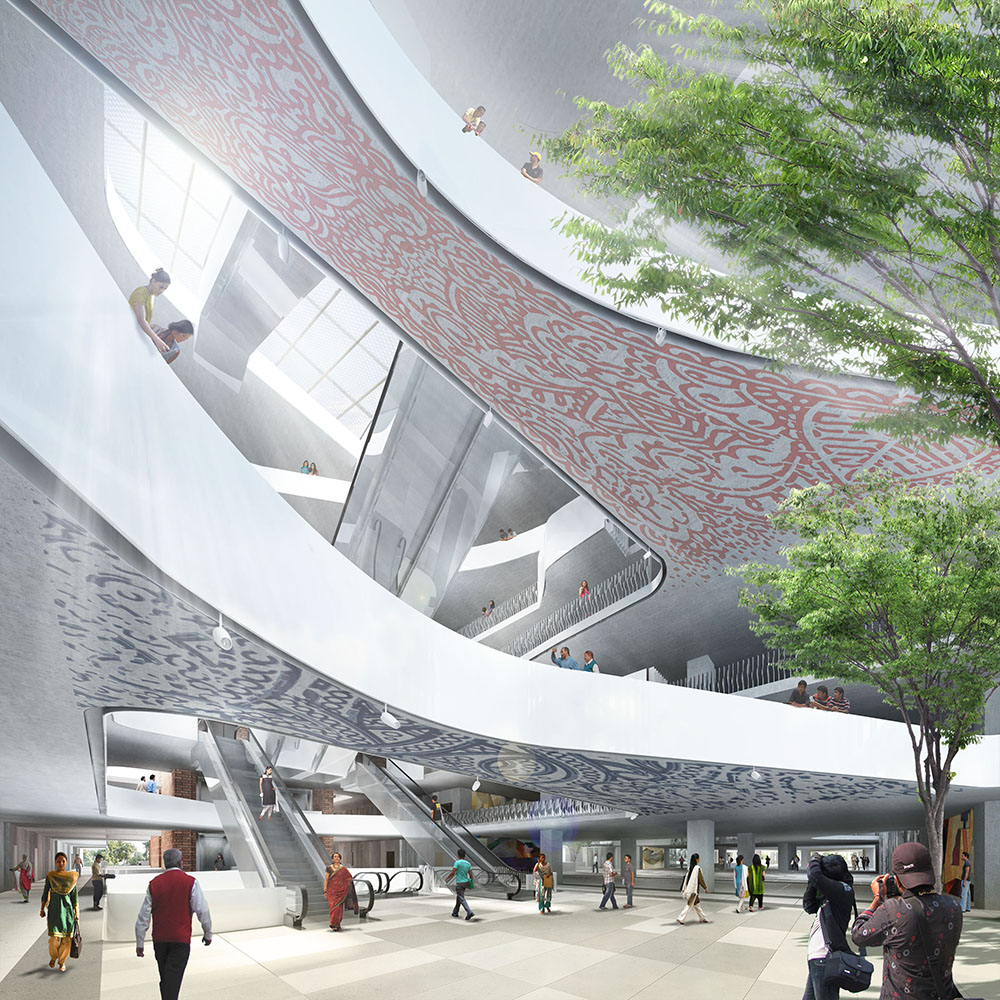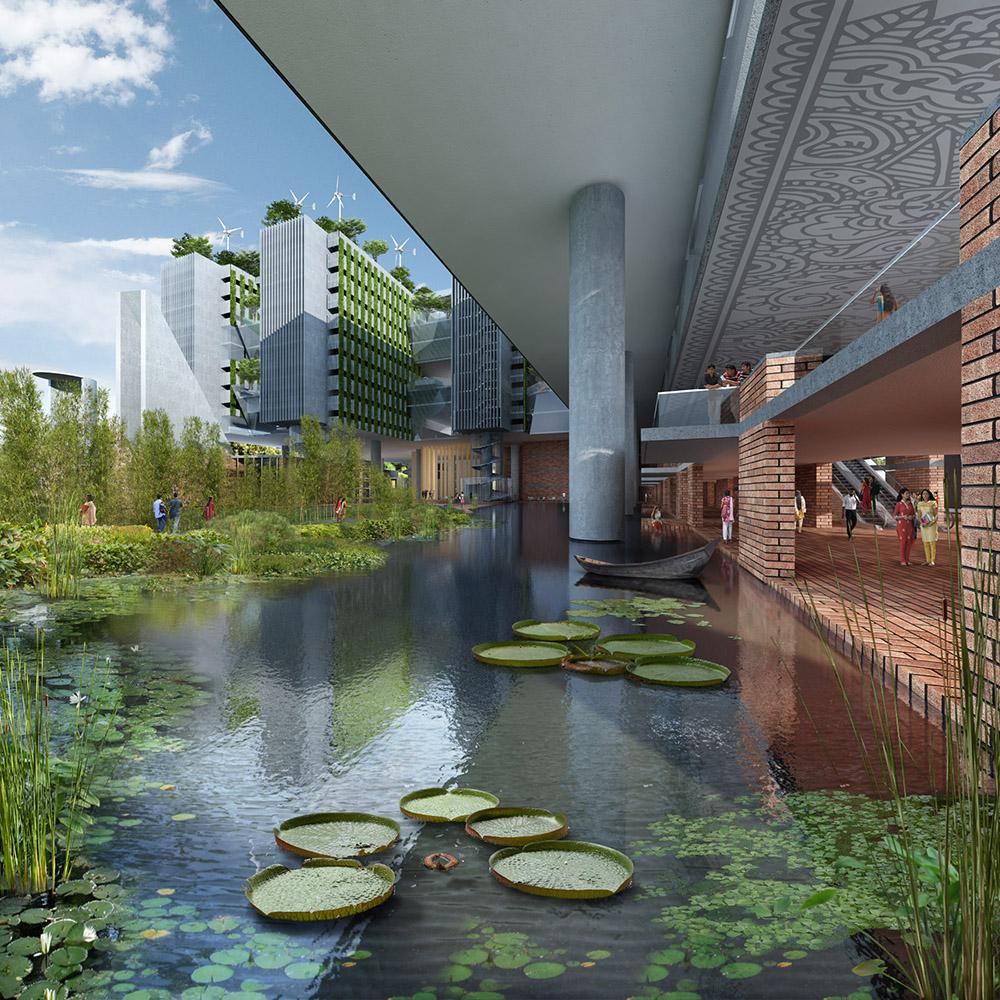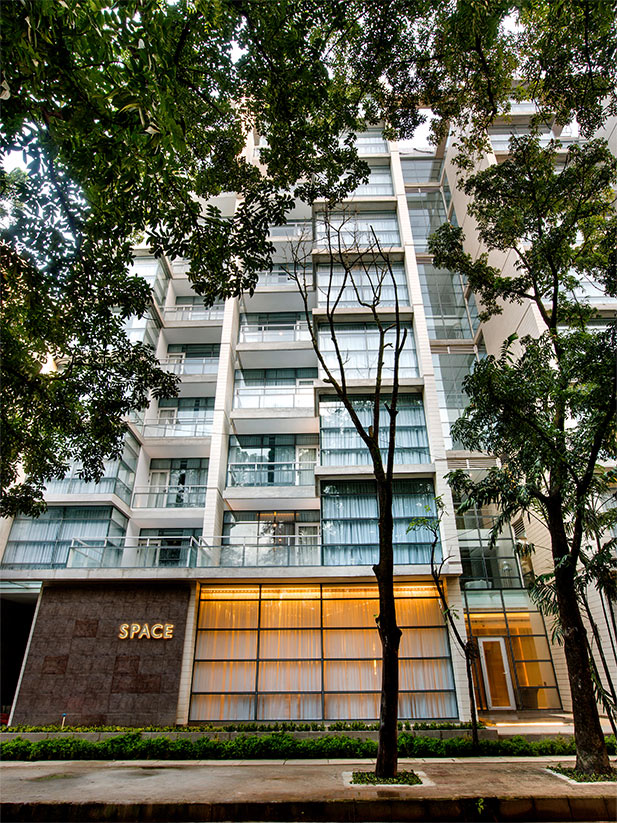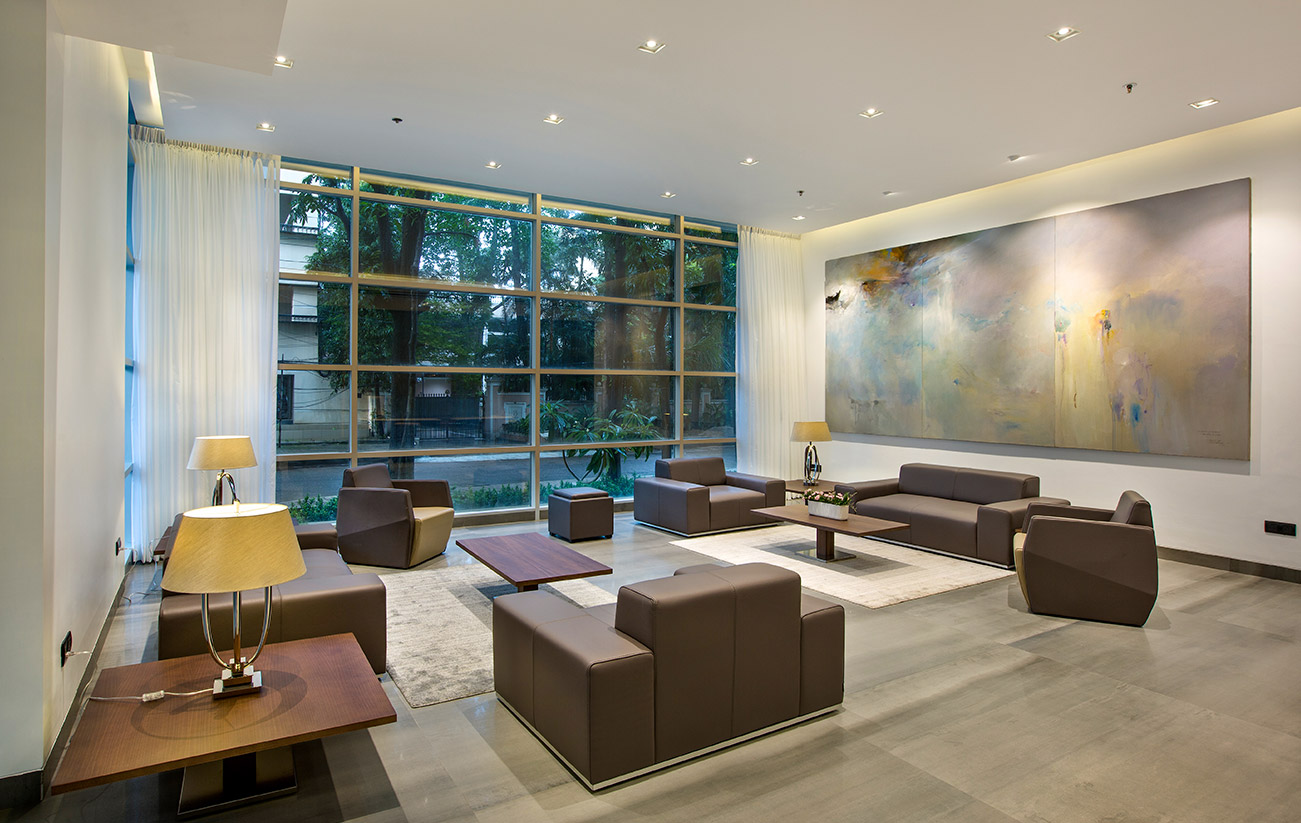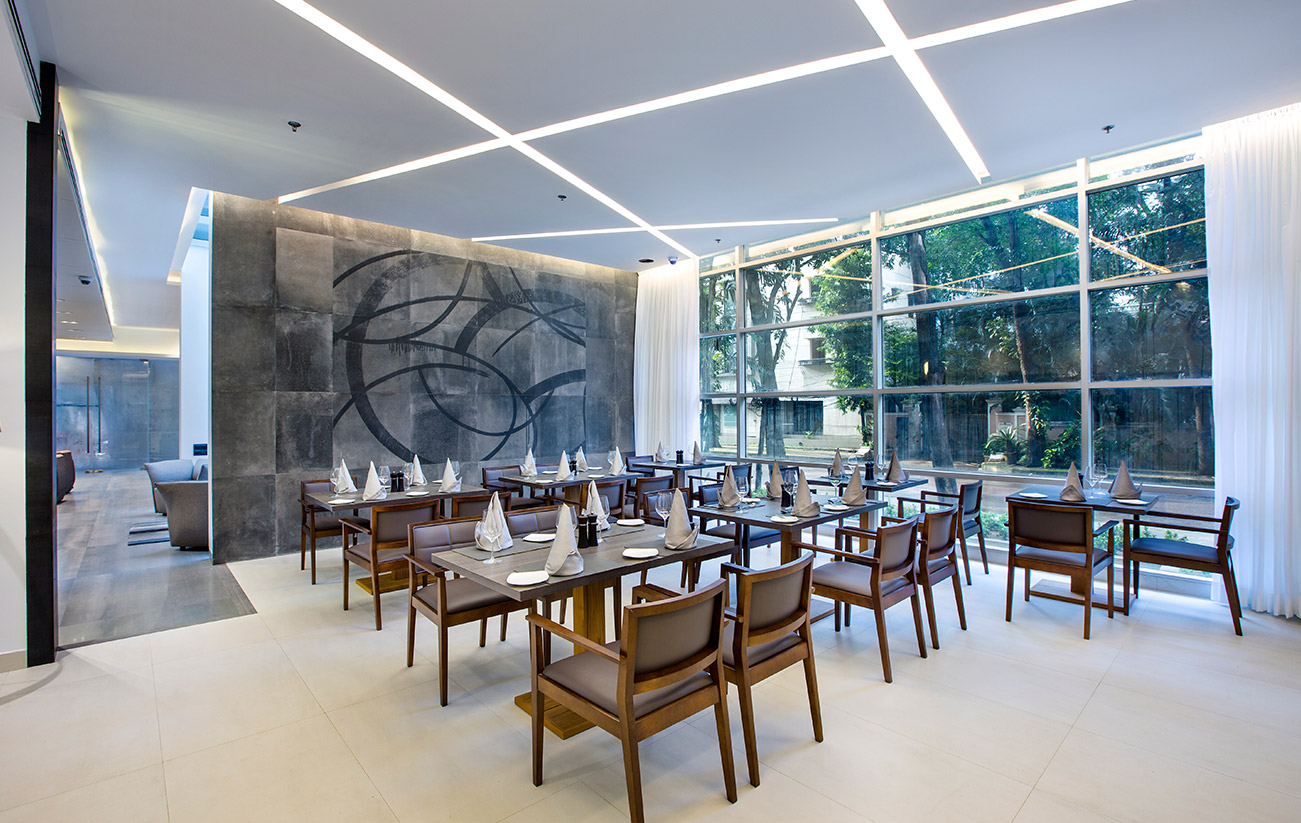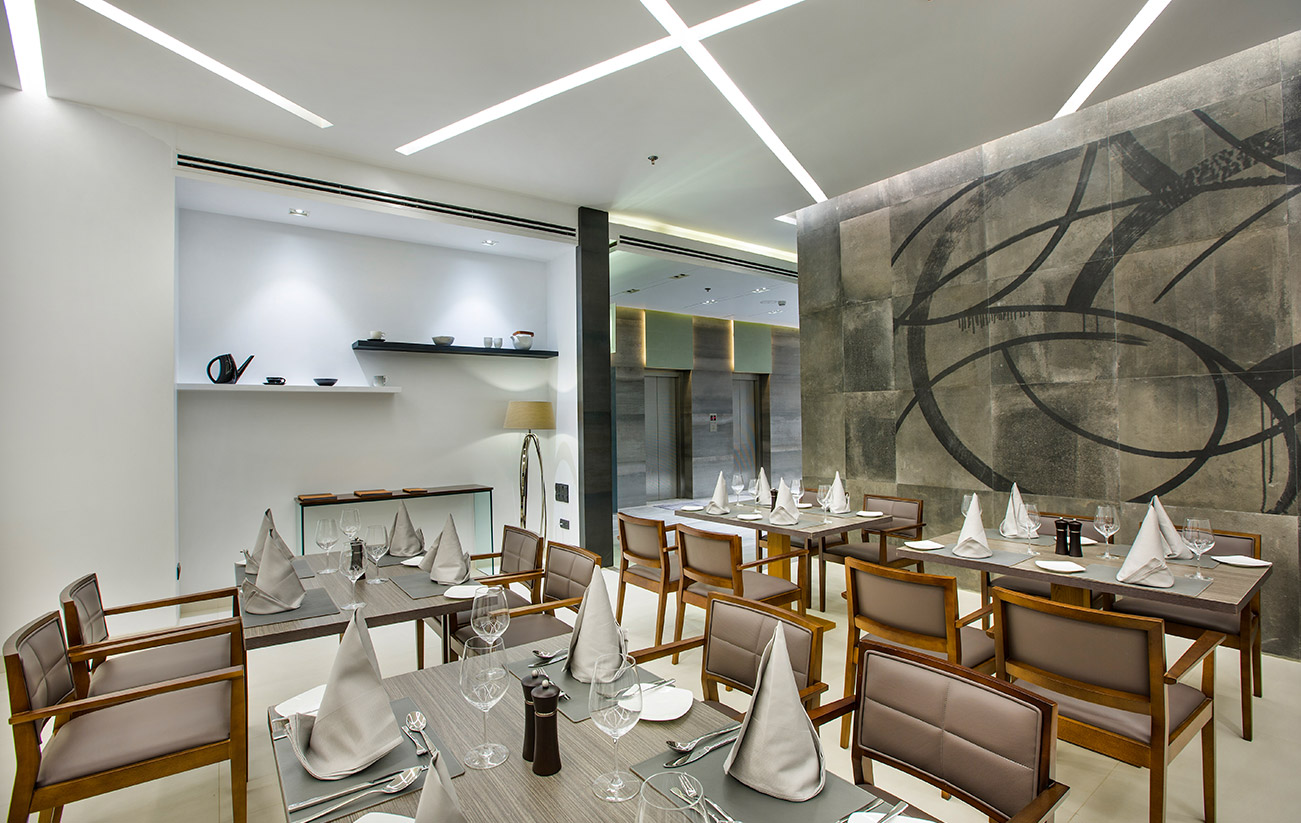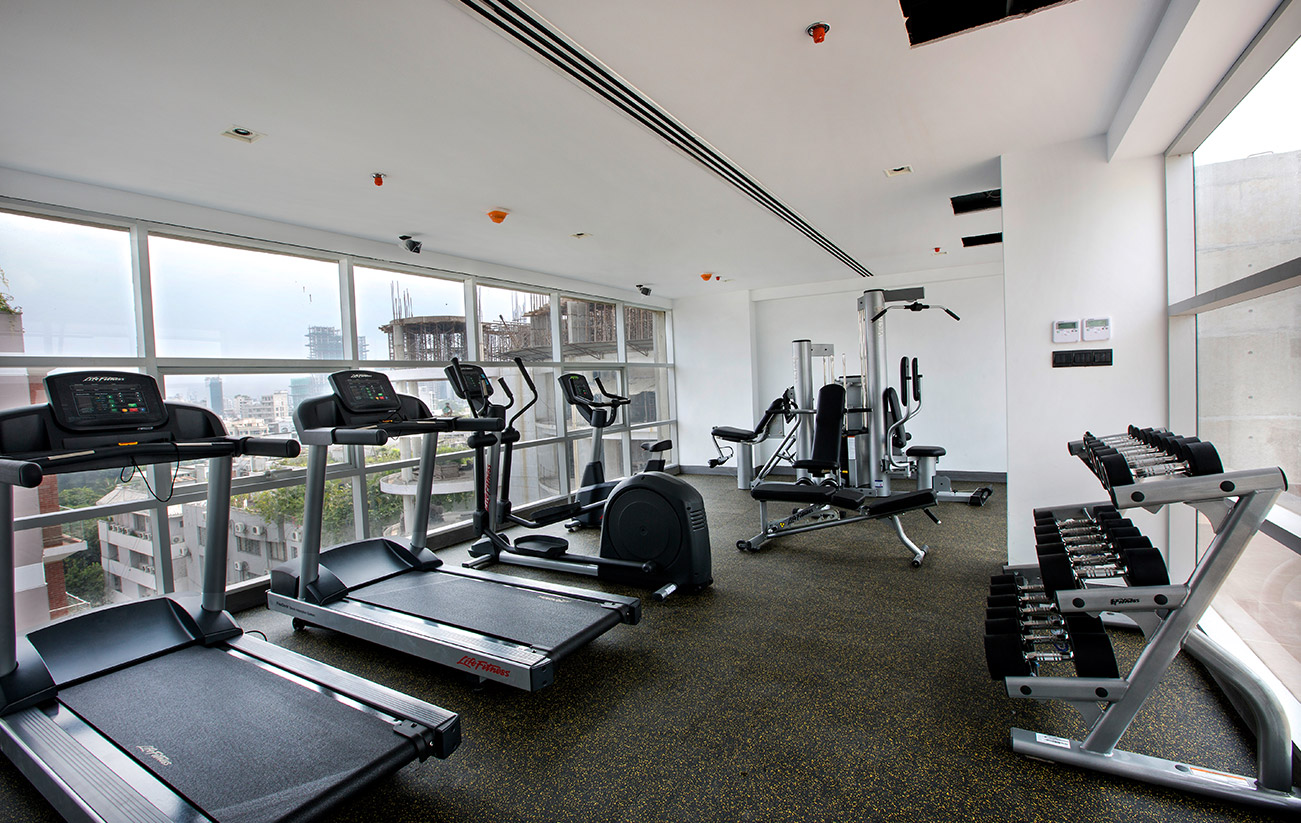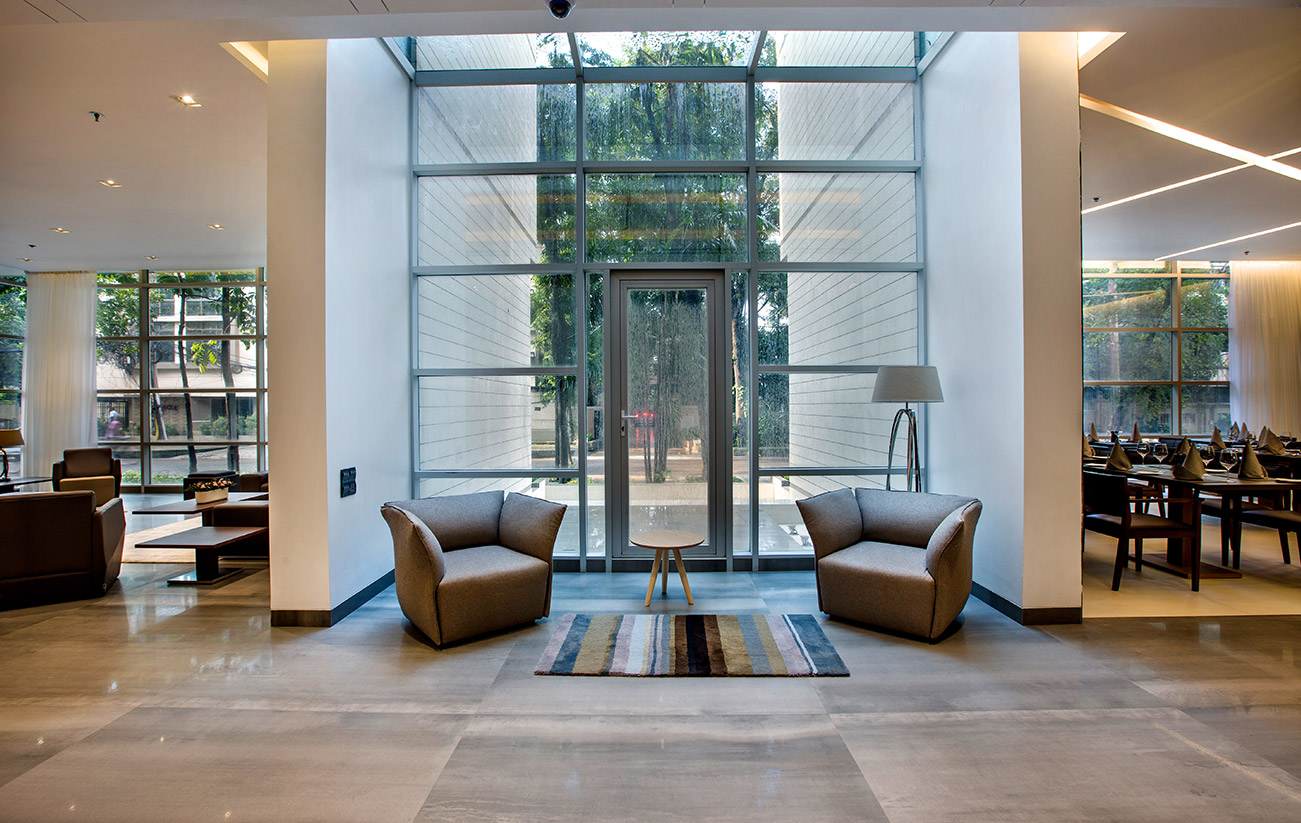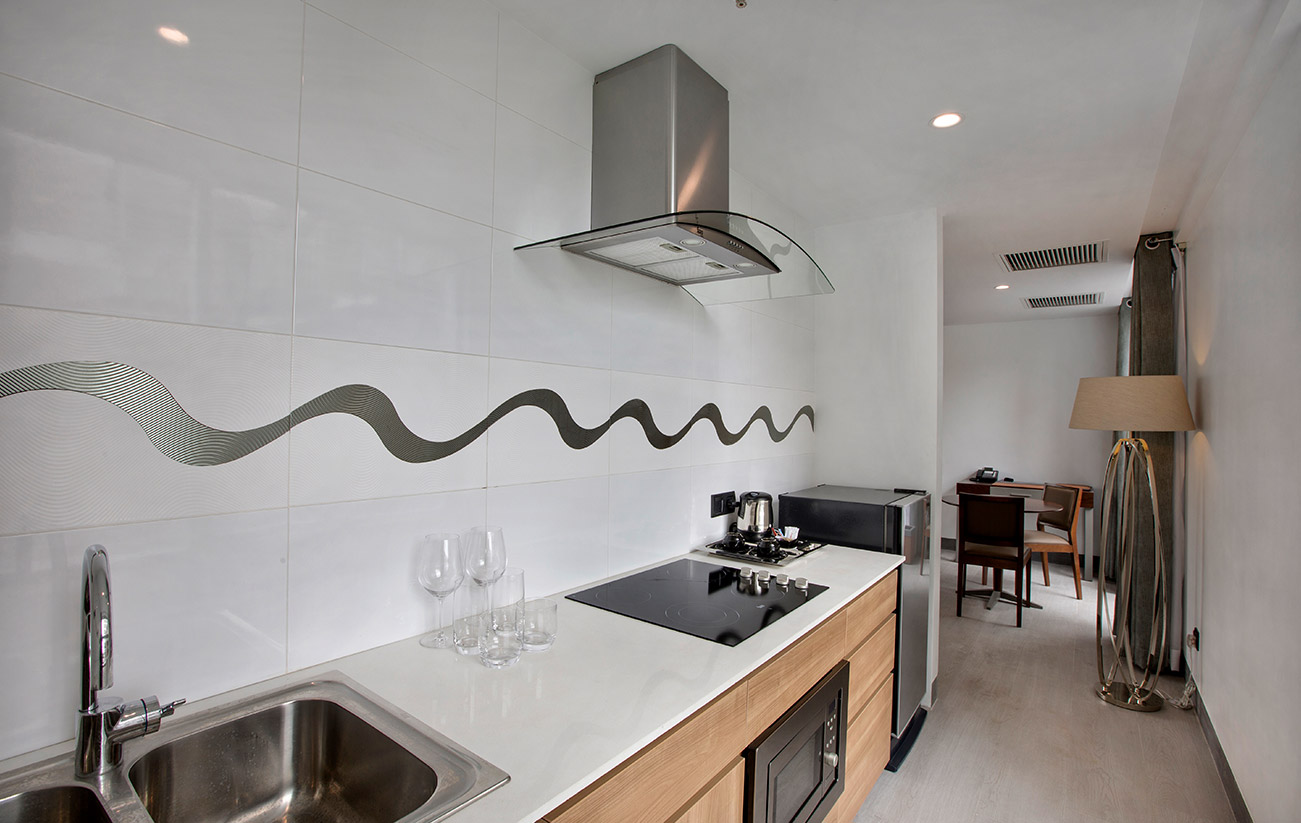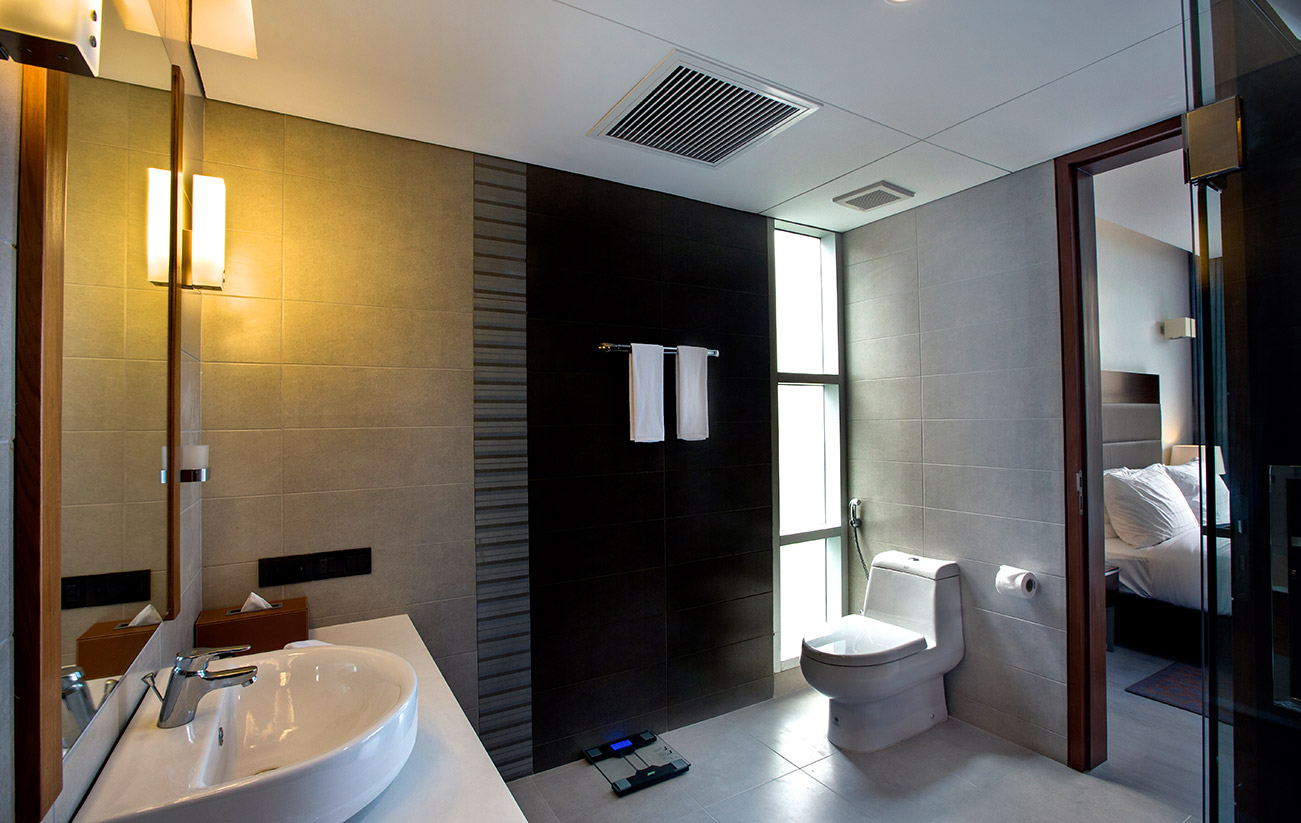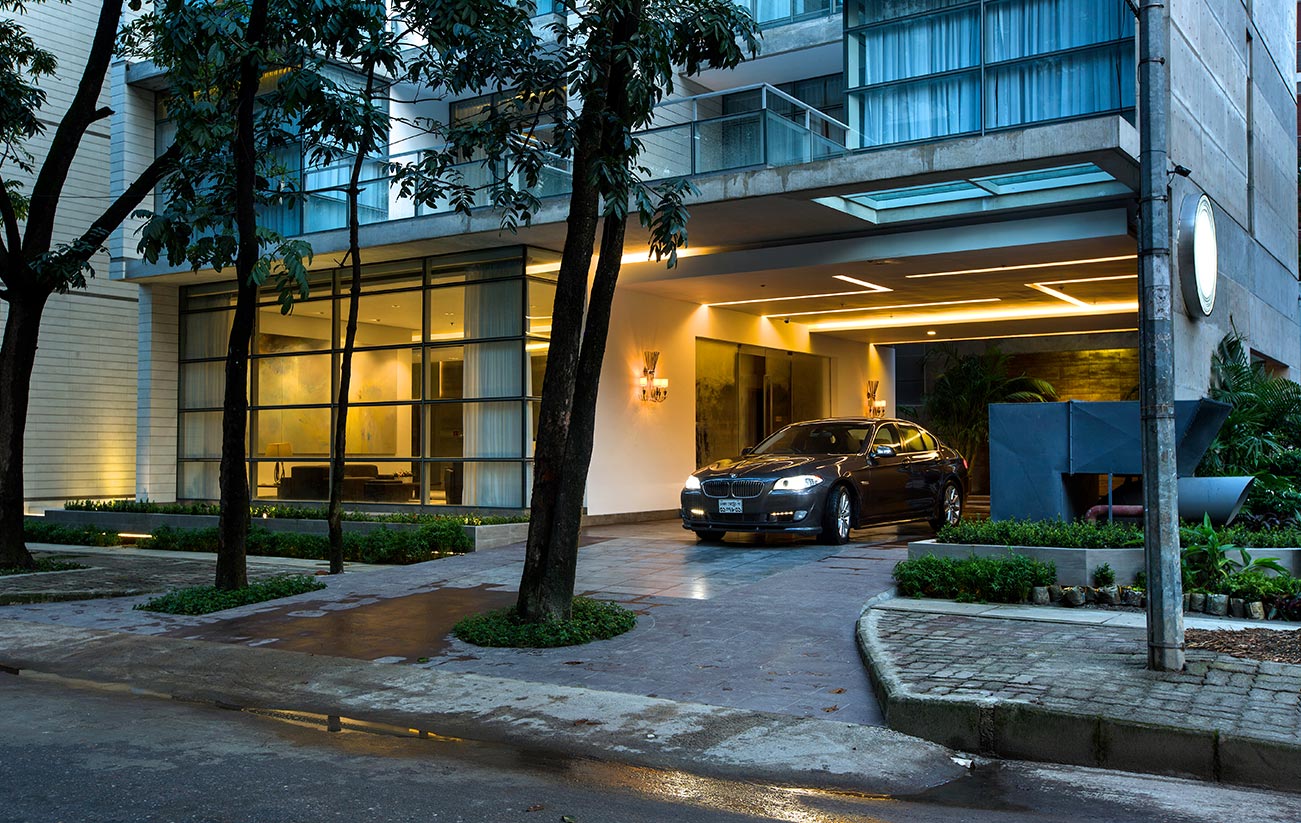A story of one of our talented hometown structural engineers who attained fame in a faraway place...
How a Muslim immigrant from Bangladesh became America's master builder
If the United States has a national architectural form, it is the skyscraper. The notion of building a tower to the heavens is as old as Genesis, but it took some brash 19th century Americans to develop that fanciful idea into tangible, profitable buildings. Although we dressed up our early skyscrapers in Old World styles (the Met Life Tower as an Italian campanile, the Woolworth Building as a French Gothic cathedral), most foreigners agreed that the skyscraper suited only our misfit nation. For decades, Americans were alone in building them. Even those European modernists who dreamed of gleaming towers along Friedrichstraße and Boulevard de Sébastopol had to cross the Atlantic for a chance to act on their ambitions. By the start of World War II, 147 of the 150 tallest habitable buildings on the planet were located in the United States.

No building style better represented America’s industriousness, monomaniacal greed, disregard of tradition, and eagerness to attempt feats that more established cultures considered obscene.
And while those indelicate traits prompted Americans to develop the skyscraper, it was our openness and multiculturalism that brought us our greatest skyscraper builder: a Bangladeshi Muslim immigrant named Fazlur Rahman Khan.
Khan was born on April 3rd, 1929 in Dhaka, Bangladesh (Dacca, British India at the time). His father, a mathematics instructor, cultivated young Fazlur’s interest in technical subjects and encouraged him to pursue a degree at Calcutta’s Bengal Engineering College. He excelled in his studies there and, after graduating, won a Fulbright Scholarship that brought him to the University of Illinois. In the United States, Khan studied structural engineering and engineering mechanics, earning two master’s degrees and a PhD in just three years. After a detour in Pakistan, Khan returned to the United States and was hired as an engineer in the Chicago office of Skidmore, Owings & Merrill (SOM), one of the most prominent architecture and engineering firms in the world.
Though he was born in a nation with no history of highrise construction, Dr Fazlur Rahman Khan had worked his way to a position where he would revolutionize the field of structural engineering and build America’s proudest landmarks.
A Tall Order
The most challenging aspect in the design of a skyscraper is not resisting the immense weight of the structure, but rather countering the lateral loads – like wind and earthquakes – that act to push the building over. In fact, some consider the very definition of the word “skyscraper” to be any building which is tall enough for wind load to be the dominant design concern.

The vertical loads on a building, including the weight of the structure (called “dead load”) and the weight of its inhabitants (“live load”), are caused by gravity. The resultant vertical forces are therefore relatively predictable, static, and unidirectional. Wind loads, on the other hand, are much more challenging to quantify, act in any direction, and can introduce more esoteric effects like vortex shedding. (Then of course, there are earthquake loadings, which I cannot even begin to tackle in this article. I will note that tall, slender buildings tend to perform well in seismic conditions because of their inherent flexibility.)
Wframeshen wind pushes up against the side of a building, the structure will have a tendency to bend. In order to resist this bending, the building must have a certain rigidity or it would flop over like an Italian soccer player. Earlier skyscrapers like the Woolworth Building and the Empire State Building resisted this overturning by employing moment frames (also called portal frames). Essentially, columns and beams were rigidly connected so that they did not rotate relative to one another. The frames, when placed parallel to the wind load they were to resist, proved to be sufficiently rigid. These early skyscrapers also benefited from heavy stone, brick, and terra cotta facades, which also served as a sort of skyscraper ballast.

However, the inherent inefficiencies of this lateral system rendered “supertall” buildings (roughly defined as towers over 1000 feet tall) prohibitively expensive to build. The vertical loading on a skyscraper increases linearly with height: In a building with no taper, the 80th floor weighs the same as the 40th. However, the overturning moment due to wind load increases quadratically with height. In other words, an 80 story building has to resist four times more bending moment due to wind than a 40 story building. (It’s actually even higher than four times because the wind speeds themselves are considered to increase with the height of the building.)
A developer’s primary motivation for building a skyscraper is to stack up as many floors as possible in order to maximize the rentable space and earn a high return on investment. As architect Cass Gilbert put it, a skyscraper is “a machine to make the land pay.” However, the material and labor costs of the old, inefficient, moment frames presented a financial “premium for height,” which equated to diminishing returns on construction over 40 or so stories. Without a more efficient lateral system, supertall buildings just wouldn’t pay.
The Framed Tube
In developing the lateral resisting system for the 43-story tall Chestnut-DeWitt Apartments in Chicago, Khan saw an opportunity to step back from traditional lateral framed_tube.jpgdesign and attempt a more holistic, three-dimensional approach. Instead of designing the building as a series of discrete moment frames or shear walls to resist lateral loads, Khan envisioned the entire building as a hollow rectangular tube, rigidly anchored in its foundation. He would have to pierce this tube to make windows, but the building itself would behave like a large cantilevered box beam: The bending due to wind load would be resisted not only by the sides parallel to the wind, but by the perpendicular faces as well. The windward side would be forced into tension and the leeward side would be forced into compression. As a bonus, by pushing the structure out to the perimeter, he also provided more unobstructed column-free space on the interior of the building.

Finished in 1964, the Chestnut-DeWitt Building was just another boxy skyscraper in the same sense that Sputnik was just a metal basketball full of robot guts. The building doesn’t particularly stand out on the Chicago skyline, but its lateral system proved to be revolutionary. Other engineers immediately recognized the efficiency of the framed tube, and its influence could be seen in the designs of Chicago’s Amoco Building (now Aon Center) and New York’s World Trade Center.
Even though the Chestnut-DeWitt building was a success, Khan recognized that his framed tube design had a deficiency: due to the cumulative flexibility of the concrete beams and columns, he could not achieve the true bending effect that he sought. Instead, a phenomenon called “shear lag” robbed some of the stiffness from the building and prevented the theoretically ideal distribution of stresses. Fortunately, he would have an opportunity to revisit this issue some years later.
The John Hancock Center had originally been conceived by developer Jerry Wolman as two smaller buildings on a plot along Chicago’s Michigan Avenue. SOM’s architects puzzled over the design before settling on a single, large, multi-use tower. To accommodate large floor plates for offices and smaller floor plates for apartments, the team developed a building that would gently taper with height, forming a tall, truncated pyramid.
Khan saw this as an opportunity to implement the trussed tube design, a concept that he had developed with Mikio Sasaki, a student of his at Illinois Institute of Technology. Unlike Chestnut-DeWitt’s mesh of columns and beams, the rigidity of this new tower would be derived from trusses formed by strong diagonal steel members on all four faces. The extreme stiffness of the trussed tube would reduce the shear lag effect, distribute vertical loads more evenly, and enable an even more open, column-free interior space.
The Hancock Center’s unique design required close collaboration between SOM’s architecture and engineering teams. After no small number of design iterations, Fazlur Khan and architect Bruce Graham found an optimal size, slope, and floor height to allow the architectural program to mesh with the structural design. The building would taper from a base of 165 feet by 265 feet to a roof of 100 feet by 160 feet, with 6 tiers of bold cross braces marching up the 1107 foot tall façade.

However, after determining the layout of the building’s trussed tube, the developer proposed removing the diagonals from the topmost floors to eliminate visual obstructions from the high-value spaces. Khan knew this to be structurally feasible, but he felt that it would ruin the strong “structural-visual continuity” established by the lower 900 feet of continuous cross bracings. Halting the braces before their natural termination at the top of the tower would be like if last scene in Casablanca had been shot in claymation, or if the 4th movement of Beethoven’s 7th had been written for the didgeridoo. He eventually convinced the owner to leave the braces in place by using an engineer’s most powerful rhetorical device: purposefully indecipherable technical jargon intended to confuse the other party into submission. Khan got his way, and the top tier diagonals were built.
Upon its completion in 1969, the Hancock was just the second 100 story skyscraper ever built. Whereas the 102 story Empire State Building required 42.2 pounds of steel per square foot, the John Hancock Center used a paltry 29.7 pounds per square foot. This 30% savings in raw materials would have been enough steel to build an entirely separate 40 story skyscraper. The efficient use of material also equated to fewer deliveries, shop drawings, crane picks, and labor hours. By chipping away at the “premium for height,” Khan began to demonstrate to developers that a 100 story building need not be more expensive than two equivalent 50 story buildings.
Graham and Khan’s decision to expose the trussed tube framing also made the John Hancock Center an instant architectural icon. As an example of structural expressionism in its purest and most elegant form, the Hancock leaves the passerby no doubt as to how its incredible height was achieved. I hold this building in such high regard that I refuse to buy the Lego Hancock Center because of its nauseating inaccuracy.
I also believe, but cannot prove, that the John Hancock Center served as the inspiration for the Plymouth Arcology from SimCity 2000.
The Sears Tower and the Bundled Tube
When Sears acquired a 3 acre parcel of land on South Wacker Drive in Chicago, the company hired SOM for the design of a tower with 2 million square feet of office space for its own headquarters and for additional tenants. Khan, now a partner with SOM, saw this as an opportunity to implement an idea that had been on his mind since the development of the DeWitt-Chestnut Apartments. Aware of that the shear lag effect limited the efficiency of his framed tube design, Khan believed that he could add rigidity by introducing secondary stiffeners along each building face. In other words, he would divide one large tube into a grid of smaller tubes, and this “bundled tube” would behave with considerably less shear lag. Khan illustrated this design by holding a bunch of drinking straws tightly in his fist: each individual straw was flimsy, but when all of them were bundled together they became strong.
Again, Khan worked in close collaboration with Bruce Graham and project engineer Hal Iyengar to develop a design strategy that would fit the client’s demands. After experimenting with a number of configurations, the team eventually chose an optimal 3 by 3 bundle of 75 foot by 75 foot tube modules, giving the tower a footprint of 225 feet square. These nine tubes extended upward 50 floors, at which point 2 of them dropped off, leaving only seven to continue up to the 66th floor. Just 5 tubes continued going up to the 90th floor, and only two up to the 108th floor roof.
The lateral load analysis proved to be exceptionally complex due to the tower’s height and unusual asymmetrical wind profile. Given the unprecedented nature of their design and the uncertainties associated with the dynamic response of such a building, Khan and Iyengar were purposefully conservative in calculating the stresses on their lateral system. As a result, the final design is sufficient to resist forces nearly twice as high as those produced by the most violent wind storm that Chicago could expect to see in 1000 years.
When the Sears Tower (now called the Willis Tower) was completed in 1973, it earned the title of tallest building in the world, which it would hold for over 22 years.
Only a Steel Man
Khan also designed One Shell Square in New Orleans, BHP House in Melbourne, the US Bank Center in Milwaukee, Onterie Center and One Magnificent Mile in Chicago, and the Hajj Terminal at King Abdulaziz International Airport in Jeddah. Each project brought a novel structural solution and yet another advancement in the state of engineering design. If it were not for his untimely death at the age of 52, I’m certain we would all be living in Cloud City, the floating Bespin mining outpost from The Empire Strikes Back.
In addition to his lateral load resisting systems, Khan demonstrated a pioneering attitude in tackling more arcane topics in highrise design, such human comfort in response to skyscraper sway, and the effects of temperature variations on structural systems. He also authored or co-authored over a hundred engineering papers, advised an army of students, and gave academic lectures across the world. In honor of his contributions to the field of structural engineering, the Council on Tall Buildings and Urban Habitat named their Lifetime Achievement Medal after him. If previous generations of engineers set the bar high, then Khan jumped over that bar and into the sun.
Fazlur Khan’s impact on the world of architecture was so momentous that he merits appreciation from more than just weirdo engineers like me. Although the man has passed away and his tallest buildings have been overtaken, Khan’s work informs the design of nearly every supertall skyscraper in the world. Whether you live in Chicago, Dubai, Moscow, London, or Shenzhen, you will find yourself in the shadow of Fazlur Rahman Khan.





















